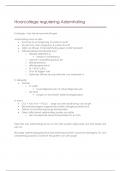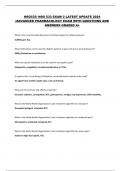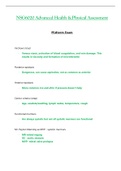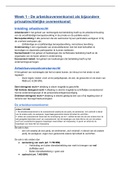Essay
“The implementation of IAPT has improved primary care mental health services.” Critically Evaluate.
- Course
- Institution
A critical evaluation of how IAPT has improved primary care within the NHS mental health system. A balanced argument for and against the implementation of IAPT within the NHS, taking into account the evidence base.
[Show more]












